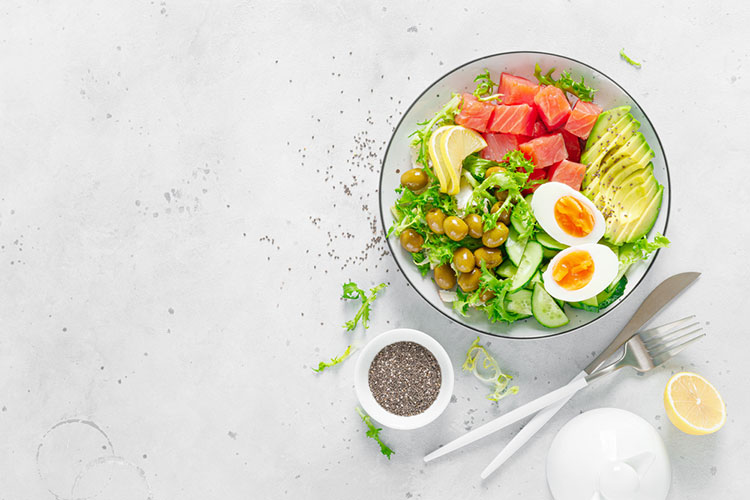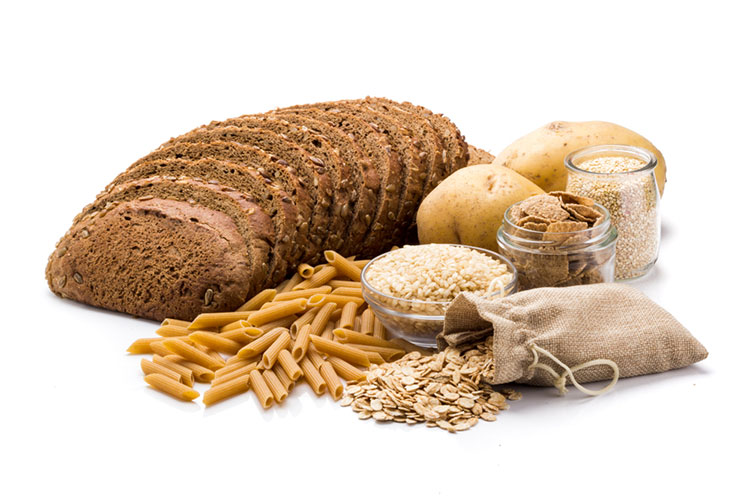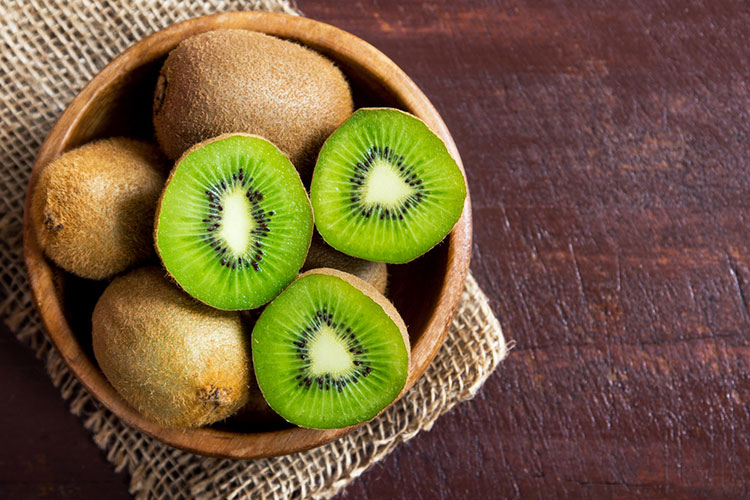What is it like to exit keto? People who have been on a keto diet know very well that leaving the ketogenic diet, like any other diet, will return the lost weight if not done properly.
For this reason, in this article, we will examine the best ways to get out of the ketogenic diet.
It seems that one of the lasting keywords that entered the world of slimming diet is “keto”.
The ketogenic diet is a high-fat, low-carb diet that claims you can eat all the fat you want, never feel hungry again, and even increase your athletic performance while losing weight.
It is also possible that some people who have taken this diet will stay at their current weight and so-called stabilize their weight because it is no secret that the hard part of losing weight is maintaining it, and the key to losing weight after keto is to continue some healthy behaviors that you have had in your diet.
In this article, we will go into detail on how to stabilize on the keto diet and how to come off the ketogenic diet. So stay with us!
What is the reason for coming off keto?
Due to some limitations, the ketogenic diet must be implemented and followed for a certain period of time and is not a long-term diet.
Exiting keto has its benefits: A keto diet recommends consuming 20 to 50 grams of refined, low-fiber carbs per day.
To achieve this goal, people must eliminate even healthy sources of carbohydrates, such as whole grains, legumes, starchy vegetables, fruits, and dairy.
Because of this limitation, many people will find that they cannot stay on keto for long.

In addition, since there is a long list of forbidden foods in keto, long-term diets like this can lead to nutritional deficiencies and will only be beneficial for a limited period of time.
The lack of fiber-rich fruits and the abundance of meats containing saturated fat may increase your blood cholesterol.
Eating more vegetables and fruits can reduce inflammatory symptoms in the body, and reducing inflammation is key to reducing disease risk.
So it’s very important to be able to eat mangoes, oranges, grapes, bananas, cherries, and other fruits that were not allowed on keto.
The most important issue for leaving ketogenic diet is weight stabilization! The keto diet is a low-calorie diet that sometimes leads to weight loss in a short period of time.
But when the weight is lost quickly, it can return to normal just as quickly. So weight stabilization in the ketogenic diet is one of the important pillars of the diet plan.
However, regardless of your reasons for stopping the ketogenic diet, eating carbs again after diet will have consequences.
For this reason, you can gradually add carbohydrates to one meal a day, and you may even find that you can sleep better now, because the consumption of carbohydrates leads to a better night’s sleep.
What to do after ketogenic diet?
Alyssa Tucci, director of nutrition at Virtual Health Partners in New York City, says, “After you come off the keto diet, to stabilize your weight, begin to gradually decrease your fat intake while increasing your intake of lean proteins, vegetables, and healthy carbohydrates like fruits and vegetables. Increase fresh, whole grains and beans.”
Also, refined grains and sugars should be limited. In addition, consume healthy fats such as avocado and olive oil in moderation.
With these interpretations, after keto, you should follow a new food plan under the supervision of a consultant or nutritionist, which will slowly bring your food to a balanced diet.
What to expect when coming off keto?
When exiting keto, the following things may happen, and by knowing them, you can control their effects. For example, there are some physical effects that you should watch out when leaving ketogenic diet:
You may gain weight!
Weight fluctuation is always possible, but weight gain depends on many factors, including how the body metabolizes carbohydrates, diet, exercise, and more.
Stopping keto also depends on how long you’ve been on keto. Much of the weight lost when cutting out carbs is water weight.

When you reintroduce carbohydrates into your diet, extra water comes with them. For example, for every gram of carbs, you get 4 grams of water, which makes you feel like you’ve gained a ton of weight quickly; although most of it is probably water retention.
This type of water gain applies to everyone on keto, but those who have been on it for a shorter period of time and have only lost a small amount of weight on the diet may notice it more.
You may feel more hungry
The combination of high-fat foods and moderate protein in the keto diet makes you extremely full. This is why many people lose their appetite when trying keto.
Now, by adding carbohydrates to your diet, you may feel hungry. To combat this problem, it is suggested to combine carbohydrates with protein and fat. This can help slow down digestion and increase satiety.
You may experience bloating
As you stop the ketogenic diet, bloating may occur, but it is temporary. The most common issue that people deal with is bloating and intestinal problems due to the reintroduction of fibrous foods.
Although foods like beans and whole meal bread are good for you, it may take some time for your body to get used to digesting them again.

You May Have Fluctuations in Blood Sugar
Edwina Clark, director of nutrition and wellness at Yamley, says, “It’s hard to predict how a person’s body will react to coming off the keto diet. “Some may experience minimal effects, while others may notice that their blood sugar drops after the first moderate-carb meal.”
The basic method of getting out of the ketogenic diet
How to get out of the keto diet? To come off the keto diet, it’s recommended to follow these tips:
Gradually increase your carb intake!
Before this decision, you were counting carbs like crazy. Now is not the time to stop counting completely. Nutritionists say, “For the first week, add 10 grams of carbs per day.” Grab a piece of paper and track your weight and how you feel, and depending on your goals, increase that number every week or every other week.
Find your desired carb range!
When leaving keto, you should pay attention to your carbohydrate intake. The amount of carbohydrates recommended for people varies depending on their goals and activity level.
Since there’s no one-size-fits-all recommendation, try to get back to a carb range that allows you to eat a wider range of foods so you don’t feel restricted, but still maintain your weight.
If you’re not sure what range is right for you, find a good weight loss specialist who can help you reach your personal goals.

Add more protein to your plate!
Lean proteins such as skinless chicken, fish and lean red meat help burn calories. About 20 to 30 percent of protein and about 5 to 10 percent of carbohydrates are needed to digest and burn food.
Have a diet plan
To come off keto, you must have a plan! You need to know what you’re eating and how you’re going to reintroduce carbs back into your diet.
If you are not sure what your current goals are or how to achieve them with your diet, you should consult a weight loss specialist.
Get familiar with portion sizes
On ketogenic diet, as with any diet, it can be difficult to return to a normal eating style. After restricting your carbs for a long time, chances are you’ll overindulge when you allow yourself to eat them again.
Therefore, it is better to measure the calories of each serving and stick to it the first few times you consume carbohydrates after the ketogenic diet.
Start with unprocessed carbs
Instead of going straight for pasta, donuts, and cupcakes, go for plant-based carbs when you first come off keto.
A nutritionist says: I would first introduce whole grains, legumes, fruits, non-starchy vegetables instead of consuming processed foods and sugar-sweetened beverages.
Go slow but steady
“Try to introduce carbohydrates into your diet slowly and gradually,” advises Pritzker.
Try this for a few weeks and see how your body reacts. “Continue to add carbs at a meal or snack until you don’t feel bad about them throughout the day.” To come off keto, you need to plan what to add back into your diet.
What foods to eat when coming off keto?
To exit ketogenic diet, you need to plan what to add back into your diet. We suggest 9 healthy foods:
Strawberries: You may have been able to get rid of excess fat by eating a very small amount (1.4 cups) of berries such as strawberries. Now you can eat enough to make it a real snack. One and a half cups of strawberries contains 12 grams of carbohydrates, 3 grams of fiber and 89.4 milligrams of vitamin C.
Carrots: Rich in vitamin A, great for after a ketogenic diet.
Kiwi: One kiwi contains 12 grams of carbohydrates, making it a great snack for the keto diet.

Pumpkin: ½ cup of cooked pumpkin – rich in vitamin A, provides eleven grams of carbohydrates.
Watermelon: One cup of this super hydrating fruit has about 12 grams of carbs and only 46 calories.
Lentils: Legumes are usually eliminated on the keto diet, even though they are full of fiber. Fill your salad with ¼ cup lentils, 4 grams of protein, 10 grams of carbs, and 4 grams of fiber.
Oatmeal: ½ cup of cooked oatmeal contains 14 grams of carbohydrates.
Sweet Potatoes: Some of the last things to add back into your post-keto diet are carb-rich whole-wheat bread, brown rice, and potatoes (including sweet potatoes) because they’re high in carbs.
Olive oil: The use of pure olive oil is recommended for heart health. Olive oil is rich in monounsaturated fatty acids that reduce intestinal and stomach inflammation and improve blood flow.
After the diet, some carbohydrates should be added back into your diet, including lots of fruits, whole grains, and some vegetables. For example, peas are a starchy vegetable that contains more carbohydrates than non-starchy green vegetables such as broccoli or zucchini and are a good choice for post-keto.
Foods to avoid when coming off keto
You probably know you still need to avoid sources of processed grains and sugar like pizza and cookies; But it is not necessary to avoid many foods.
In fact, many foods lacking in vitamins, minerals, and fiber are rich sources of carbohydrates that should be limited in a post-keto diet plan.
Many people following keto, aim for 20 to 50 grams of net carbs per day. The main idea behind this diet is to move your body into ketosis, a state where it burns fat.
However, there are foods that you should eat less even after leaving the ketogenic diet including:
Processed foods like: cracker, corn chips and potato chips

Sweets like: candy, cookie, brownie and cake
All kinds of cereals like: bread, pasta, quinoa and rice
Artificial sweeteners
What’s the solution for weight stabilization after keto?
We must say that after the end of any kind of diet (especially special diets such as ketogenic), it is possible to regain weight in most cases.
Therefore, nutritionists recommend that after the end of keto diet, you should change your diet to a lighter diet in order to slowly enter the phase of diet release and weight stabilization.
Also, exercise at least 5 days a week and 30 minutes a day. Do not skip breakfast. Manage your stress and sleep well.
Bottom line
Last but not least, to come off keto, you need to start a new diet after the 60-day keto program is over, which will help your body adapt to new conditions and a balanced diet and not regain weight.
Unfortunately, most people end up going back to the way they used to eat after going on a diet. This is especially true when using keto for weight loss goals.
The best way to get out of the ketogenic diet and stabilize weight after ketogenic diet is Dr. Kermani’s ketovision diet. In this diet, some foods that are prohibited in the keto diet are allowed for you in a certain amount.

Leave a Reply